Ryusen Weeping Japanese Maple – 3 Gallon Pot
$179.97 Original price was: $179.97.$98.99Current price is: $98.99.
SKU: D2LSC 5255798520 Category: JAPANESE MAPLE TREES
- Buy quality, buy with us.
- Your Security is Our Promise
- Sustainable materials, for a better tomorrow.
- SSL encryption, absolutely safe shopping

Ryusen Weeping Japanese Maple
Acer palmatum ‘Ryusen’
Plant Details
USDA Plant Hardiness Zones: 5a-9b Find Your Zone
Height at Maturity: 3 to 12 feet depending on training’
Width at Maturity: 3-5′
Growth Habit / Form: Cascading,Weeping, Broad, Narrow
Growth Rate: Moderate
Foliage Color in Spring: Emerald Green
Foliage Color in Summer: Emerald Green
Foliage Color in Fall: Burgundy to Brilliant Orange, Red, Gold
Light Needs: Full Sun or Mostly Sun, Morning Sun with Dappled or Afternoon Shade, All Day Filtered Sun, Morning Shade with Evening Sun, Shade or Mostly Shade
Water Needs: Average, moderately drought tolerant when established
Soil Type: Sandy, Loam & Clay (Condition heavy clay soils when planting)
Drainage: Well drained soil is a must!
Soil pH: 5.0 – 7.0 is ideal
Maintenance: Low
Resistances: Deer – more info, Heat Tolerant, Insect Resistant, Sun Tolerant, Disease
Description
Recognized by professionals as one of the most beautiful and durable weeping lace-leaf Japanese Maples in existence. Ryusen is a rare masterpiece that doesn’t just weep, its branches cascade dramatically downwards like a waterfall! The branches of this selection are more like vines than branches, which means you can train them to cascade over walls or even to climb up and over an arch. Those of you in the hot South will be happy to know Ryusen stands up to both full sun and the heat. Spring and summer foliage is a vibrant green turning to shades of burgundy in fall and finally to vibrant shades of red, orange and gold.
Left to grow naturally Ryusen will grown in a cascading mound 5 to 6 feet in height. If a taller specimen is desired, simple stake the central leader to desired height.
Landscape & Garden Uses
To showcase its magnificence and beauty, the Ryusen Japanese Maple is best used in the landscape or in pots as a focal point specimen to draw attention to a specific area of the home or landscape. Allow its branches to grow all the way to the ground or remove lower branches to desired height to form a small tree. The form of this selection is quite narrow so it’s a good choice for smaller garden spaces and those narrow spots in home foundation plantings. As seen in one of our photos above, you can even train this vine-like selection to grow over arches! Also nice to accentuate entryways by planting one on both sides or spaced widely in small clusters of three. A fine addition to Asian theme gardens.
Suggested Spacing: 8 feet or more for space between trees
Container culture can extend the useful range of Japanese Maples. They are extremely easy to grow in containers, a practice taken to its most extreme form in the art of bonsai. Click on the link below under Helpful Articles for Japanese Maple container planting instructions.
Note: One Japanese Maple can make a landscape…that is, if you don’t overcrowd it with other trees and plants. Therefore, when choosing companions to plant under or around your Japanese Maple, make sure to select low-growing shrubs or groundcovers that won’t interfere at all with your tree.
Note: For our customers who live and garden north of USDA Plant Hardiness Zone 5a, where this Japanese Maple variety is not reliably winter hardy, you’ll be happy to know it can be grown in containers that can be brought indoors during winter and placed back outside when temperatures warm up in spring.
Growing Preferences
Though delicate looking, Japanese Maples are actually very tough and long-lived trees. They are very easy to grow. Container culture can extend their useful range. They are extremely easy to grow in containers, a practice taken to its most extreme form in the art of bonsai.
In their natural habitat, Japanese Maples are understory trees, growing in dappled forest sunlight at the edges of woodlands. Ideally they prefer to be grown in similar conditions. That said, there are many Japanese maples that will grow in full sun, and Ryusen is one of the most sun tolerant!
Most any average garden soil will grow Japanese Maples. They prefer a moist but well-drained soil rich in organic matter. As with so many other ornamental plants and trees, constantly soggy or wet soil can be problematic. So make sure to plant your Japanese Maple in a well-drained site.
Helpful Articles
Click on a link below to get helpful advice from our experts on how to plant and care for Japanese Maple trees.
How To Plant A Japanese Maple Tree In The Ground
How to Plant A Japanese Maple Tree In A Pot
How To Fertilize And Water A Japanese Maple Tree
How To Prune A Japanese Maple
Plant Long & Prosper!
Meet The Wilson Brothers & Staff
Questions? Contact Us!
I have been looking for this Japanese Maple for some time. We look forward to seeing it leaf out in the spring. A specimen in front of our foundation planting, the fall color will be a beautiful beacon. As usual, superbly packed by the Wilson team.————————————–Hi Beth, Thanks so much for taking the time to provide your review of the Ryusen Weeping Japanese Maple. We are so glad you are pleased and we hope you enjoy it for years to come! Glad we had what you were looking for, thanks for the kind words!
Beth Steele | Wilson Bros Gardens
Beth Steele | Wilson Bros Gardens
Tree arrived in good shape and appears to be healthy. I was very pleased.————————WBG Reply: Hi Lisa, Thanks so much for taking the time to provide your review of the Ryusen Weeping Japanese Maple. We are so glad you are pleased and we hope you enjoy it for years to come!
Beth Steele | Wilson Bros Gardens
Beth Steele | Wilson Bros Gardens
Be the first to review “Ryusen Weeping Japanese Maple – 3 Gallon Pot” Cancel reply
Related products
Sale!
JAPANESE MAPLE TREES
Sale!
JAPANESE MAPLE TREES
Sale!
JAPANESE MAPLE TREES
Sale!
JAPANESE MAPLE TREES
Sale!
JAPANESE MAPLE TREES
Sale!
JAPANESE MAPLE TREES
Sale!
JAPANESE MAPLE TREES
Sale!
JAPANESE MAPLE TREES

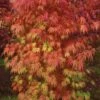
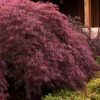
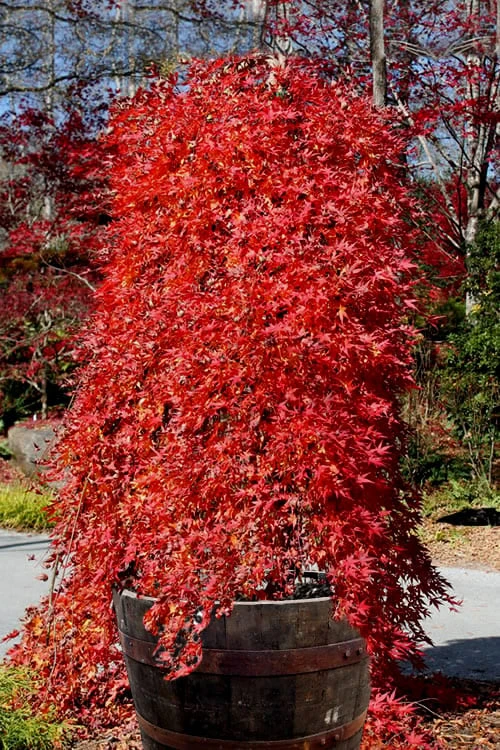

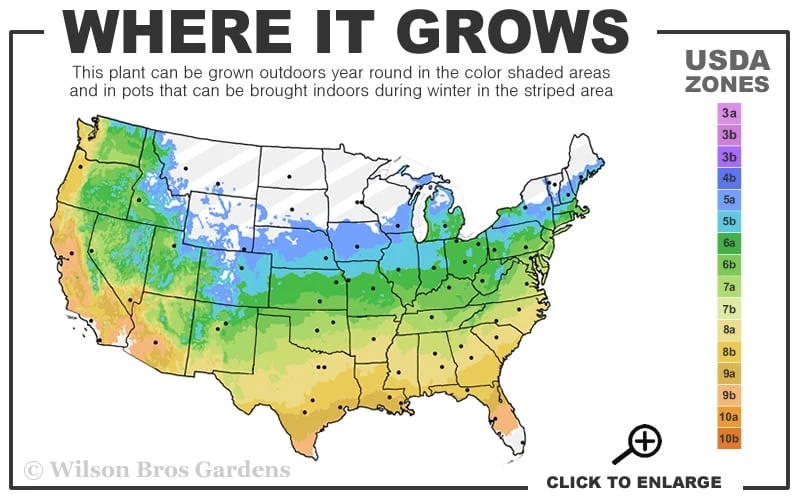
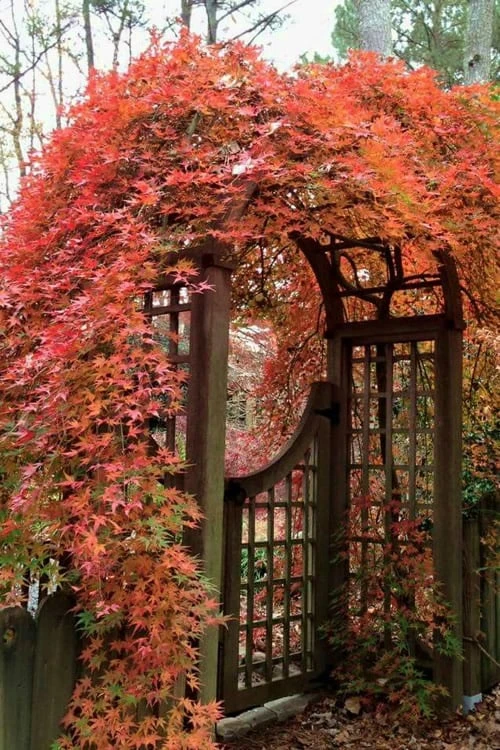
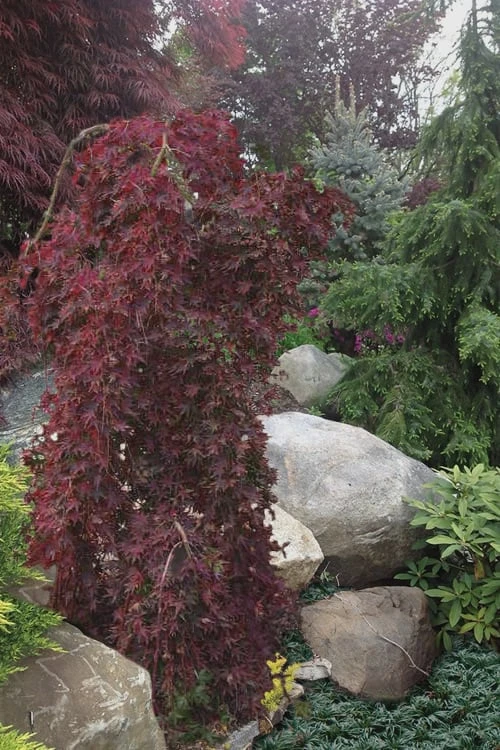
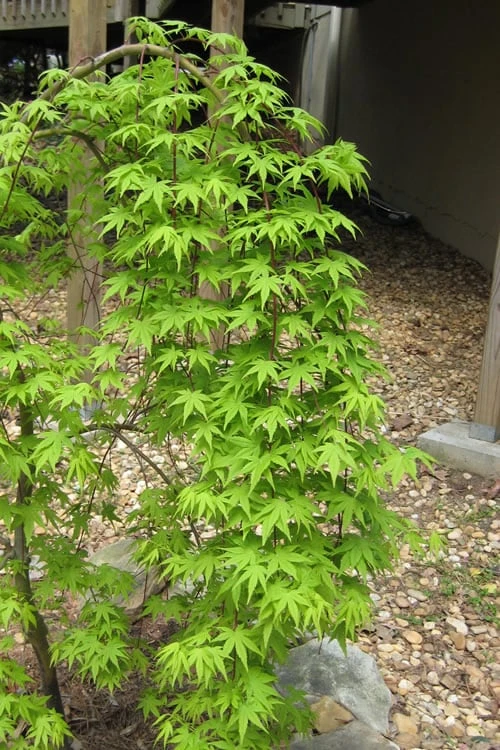

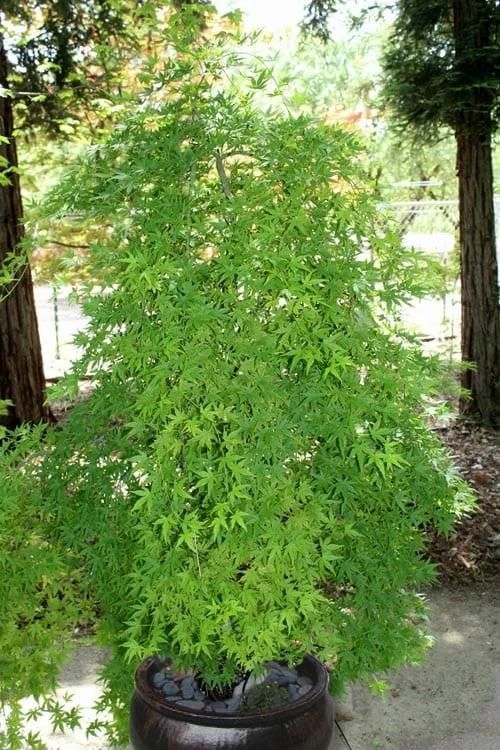



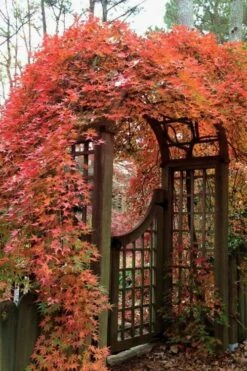
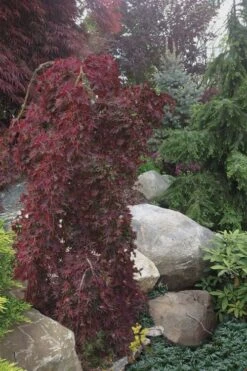

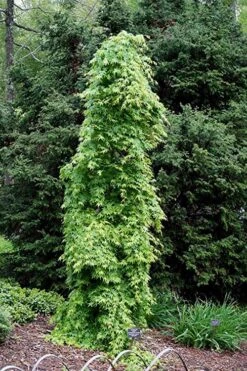
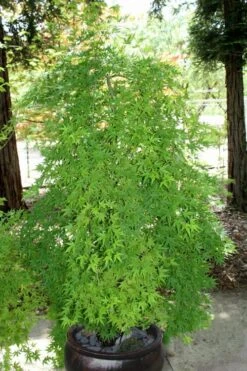
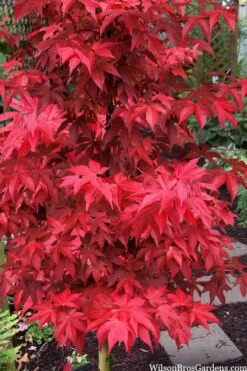
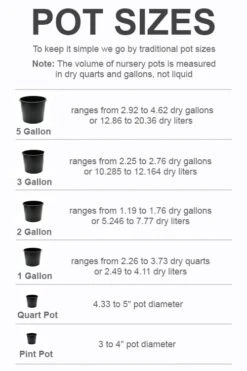
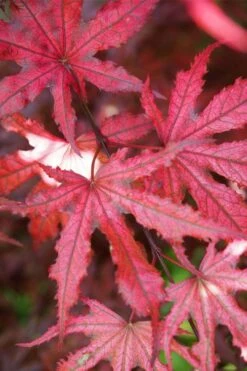
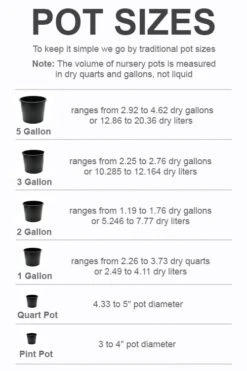




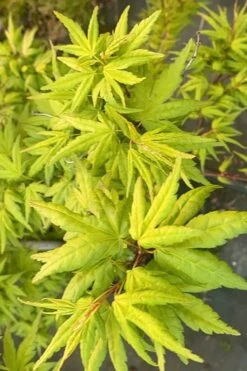


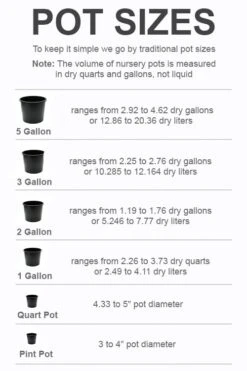
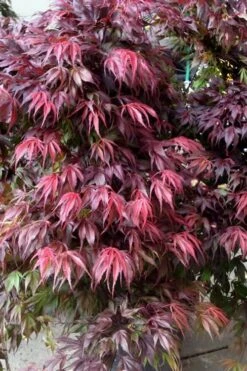
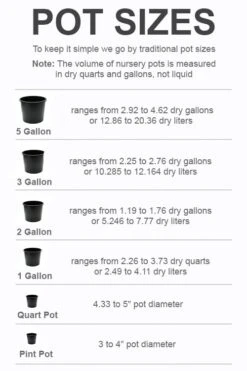
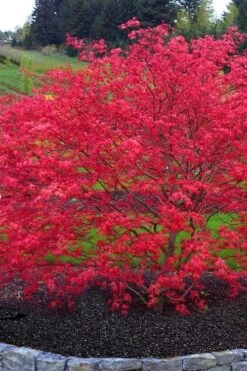
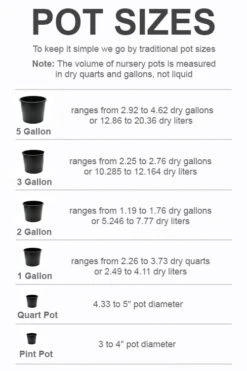
Reviews
There are no reviews yet.